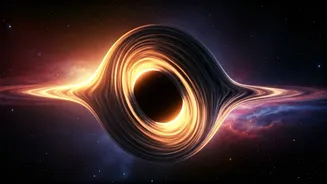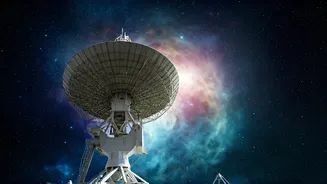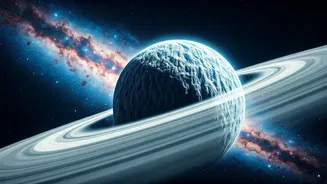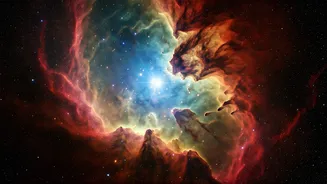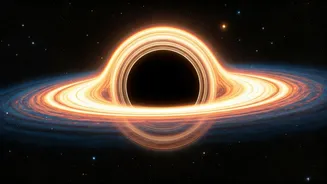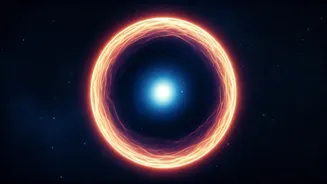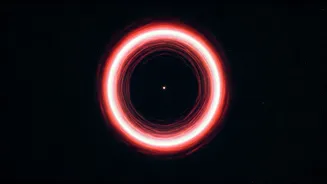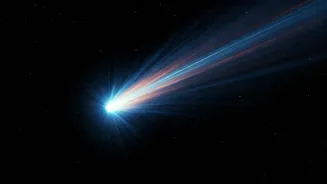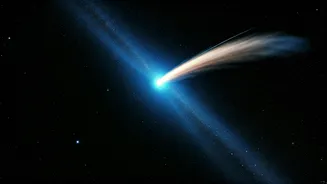Challenging Singularities
A novel theory has emerged, calling into question the long-held concept of singularities within black holes. Singularities, the points of infinite density
where the laws of physics break down, have always been a major puzzle for scientists. The new theory proposes alternative models, suggesting that the internal structure of black holes might be far more complex and possibly avoid these singularities altogether. This alternative view encourages scientists to re-evaluate the nature of black holes. The implications of this are significant, potentially rewriting the physics governing these extreme cosmic objects and opening new avenues for theoretical exploration and observational studies.
Revealing Black Hole Ancestry
Scientists use the analysis of gravitational waves to trace the origins of black holes. Gravitational waves, ripples in spacetime caused by massive cosmic events, carry valuable information about the mergers of black holes. By studying these waves, researchers can decipher the spins of the black holes involved, providing crucial insights into their formation history. This technique allows astronomers to 'look back' in time, understanding how black holes grow and evolve over billions of years. Analysis of gravitational waves enables scientists to build a cosmic family tree, mapping the life cycles and interactions of black holes throughout the universe, adding layers to the existing understanding.
Pulsar Timing & Waves
The timing of pulsars is instrumental in identifying gravitational-wave ‘beats’ produced by merging supermassive black holes. Pulsars, rapidly rotating neutron stars, act as extremely precise cosmic clocks. Slight variations in the timing of their pulses can be used to detect the faint ripples of gravitational waves, especially those generated by the massive collisions of black holes at the centers of galaxies. The interference patterns created by these waves provide information about the properties of the black holes involved in these extreme events. By observing these timing variations, astronomers can gain insights into the processes of galactic mergers and the dynamics of supermassive black holes.
Massive Black Hole Mergers
Recent observations of gravitational waves have revealed the largest black hole merger ever recorded. The merger of black holes represents an extremely energetic event, releasing vast amounts of energy in the form of gravitational waves. These events allow scientists to test predictions of general relativity in extreme environments. The ability to detect and analyze the gravitational waves generated by these mergers can improve understanding of the universe's most powerful and intriguing phenomena. Identifying and analyzing these mergers gives invaluable insight into the life cycles of black holes. It allows for a better perception of how they collide and interact with their surroundings.
Neutron Stars & Fields
Magnetic fields can influence the oscillations within merging neutron stars, according to a new study. During neutron star mergers, extreme conditions create strong magnetic fields, affecting the way these stars vibrate and interact. The magnetic fields can have a significant impact on the gravitational wave signal emitted during such events. Research suggests these fields play a key role in the physics of these events, potentially influencing the outcome of the merger itself. This study has implications on the understanding of these extreme phenomena, providing new insights that will continue to develop with future observations and theoretical models.


